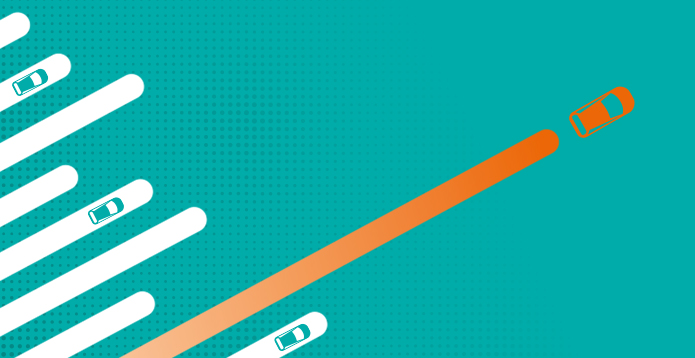SEPs are patents that protect technology believed to be essential to implementing a standard. However, what must be paid by technology implementers to use standardised technologies is a hotly contested issue in the courts of many jurisdictions. SEP owners are likely to be on the alert for new users of their technology, such automotive manufacturers or transport providers, and so the considerations such as IP licensing and the risk of patent infringement must be considered at the start of new projects.
In the mobile sector, these patent holders have tended to target well-funded new entrants to the market and, preferably, the seller of the end product or service, as opposed to component suppliers. However, it remains to be seen how this will develop in the automotive sector. As an example, in August 2020, Nokia secured a nationwide injunction from a German court against Daimler for unauthorised use of patented Nokia technology in its connected cars, raising important questions about SEP licensing and the automotive industry.
Protecting your data
MaaS is data driven. Having good coverage of a range of transportation options and real-time updates will be key to the success of your MaaS product.
Moovit is a prime example. Founded by an Israeli start-up in 2012 and acquired by Intel for approximately $900 million in May 2020, Moovit is a mobility app which collates all modes of public transit in a particular city as well as other forms of transport – including local bicycle hire and ride-hailing services, such as Uber. It works by combining information from public transit operators and authorities with live information from its user community. Moovit claims to amass up to six billion anonymous data points a day to add to what it describes as "the world's largest repository of transit data".
To be able to provide its route planning service, Moovit required access to cities' public transportation data which it then combined with crowdsourced data. Moovit has also collected data from some of its 680 million app users in relation to their travel experiences. It has then licensed this data and associated data analytics back to cities and transport authorities in order to enhance transport services.
Despite being so pivotal to MaaS and other data-driven systems, there is often no clear legal basis for protecting raw data except through contract. Copyright has an originality threshold which raw data resulting from an automated process is unlikely to meet. Database rights prevent the extraction or re-use of substantial parts of the database, or the systematic taking of insubstantial parts – however, evidentially, it can be difficult to prove that this extraction has occurred, especially within private networks. In addition, as a recent UK case involving national mapping service Ordnance Survey showed, what constitutes "substantial" can be a grey area.
Trade secrets prevent the misappropriation of information valuable by virtue of the fact it is secret. Of course, the issue here is the "secret" part. Trade secrets protection cannot be relied on at all if it includes data which is disclosed publicly. A journey planner may include an algorithm that processes user data to suggest time saving alternative routes. There may be a valuable trade secret in the algorithm as well as copyright. In contrast, the data collected by the system, generated by sensors, is not a trade secret.







